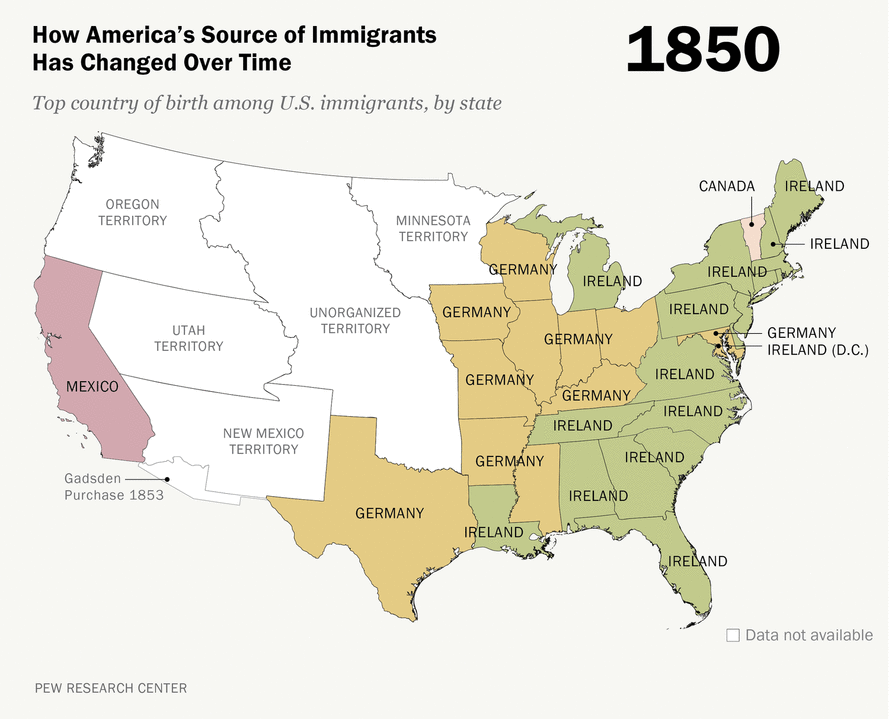An immigration bill passed by Congress fifty years ago this week led to dramatic changes in America's racial and ethnic composition.
In 1965, fewer than 5 percent of Americans were foreign-born, the vast majority white from European countries. Today, 14 percent of the U.S. population is foreign-born (45 million). Of those, nearly half are from Latin America and more than a quarter from Asia, according to a recent Pew Research analysis. By 2065, Pew predicts, the foreign-born population will grow to nearly 18 percent -- about 78 million people -- with Asians surpassing Hispanics as the largest immigrant group.
This trajectory is rooted in the Immigration and Nationality Act of 1965. Signed by President Lyndon Johnson on October 3, it eliminated the race-based quota system that had dictated U.S. immigration policy since the 1920s. The new law prioritized immigrants' skills and family reunification and almost doubled the number of annual visas allotted, opening the doors to a new tide of immigrants from Latin America and Asia. Since then, nearly 59 million immigrants have come to live in the U.S. Along with their children, they make up more than half of America's population growth in the last 50 years, literally reshaping the face of the nation.

